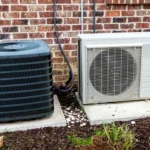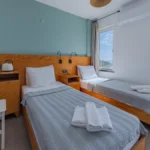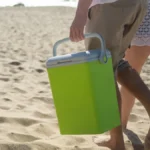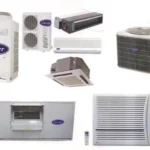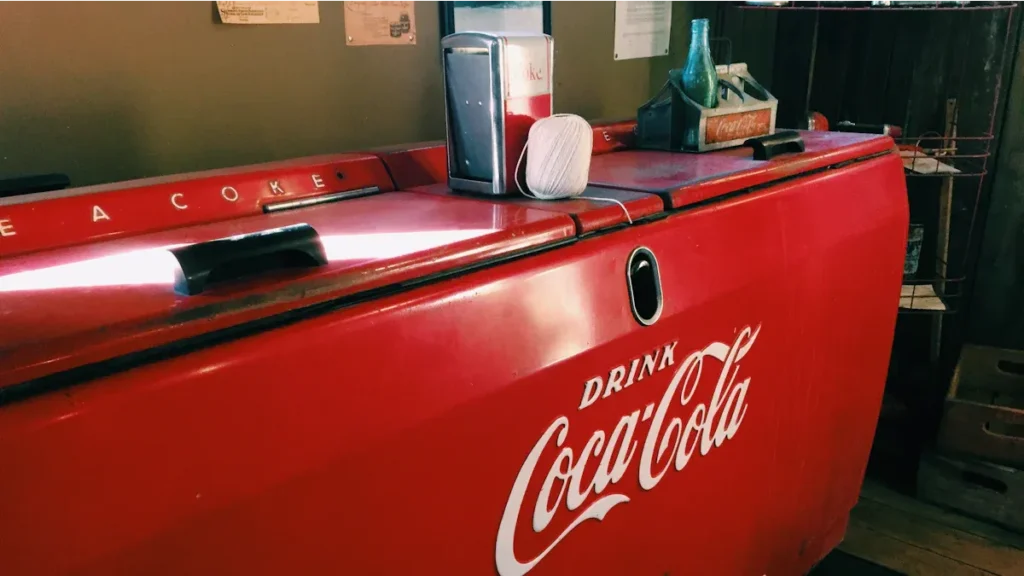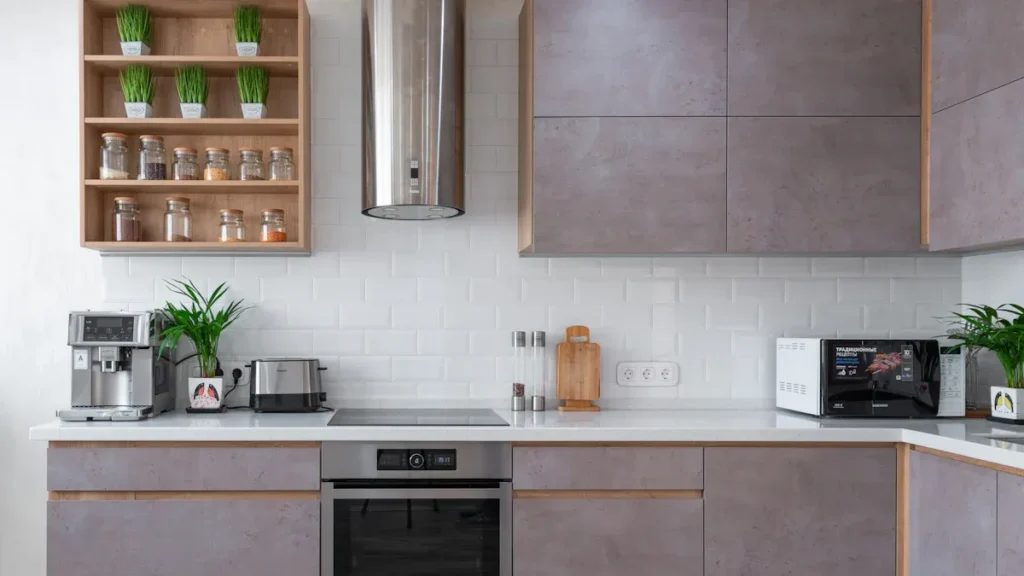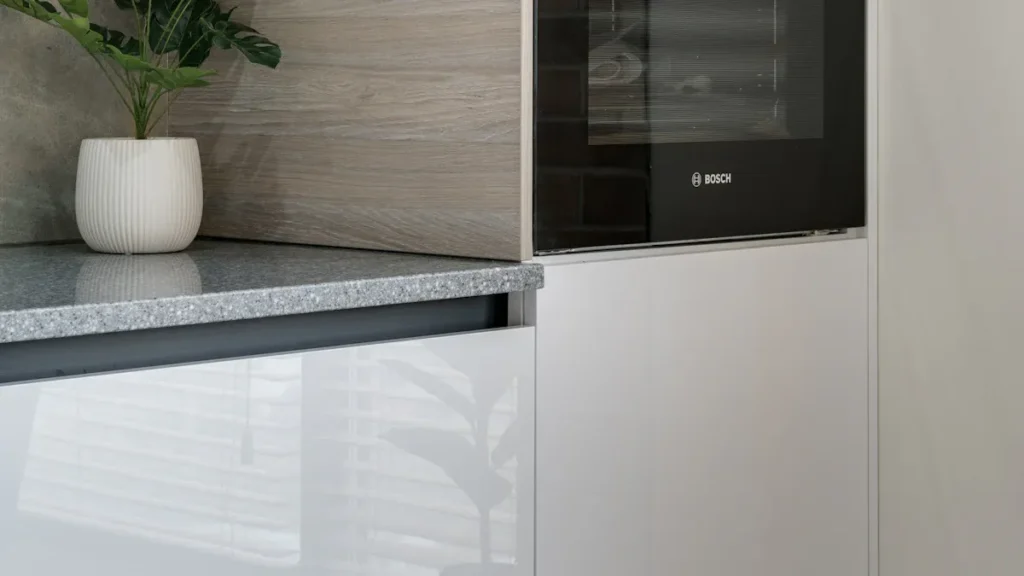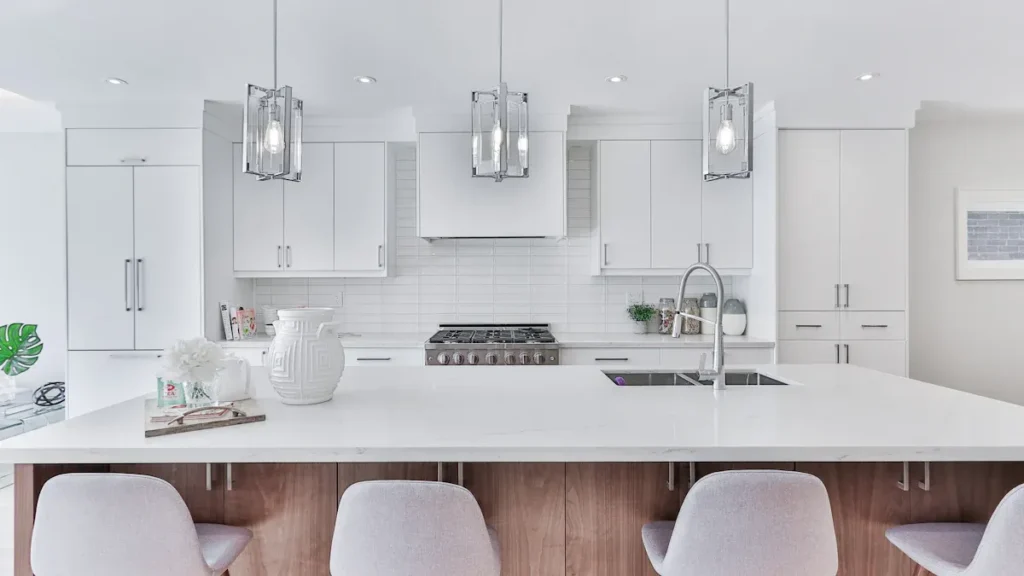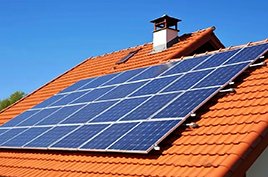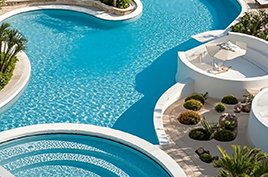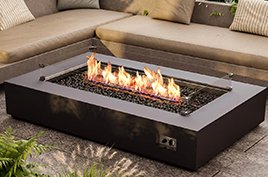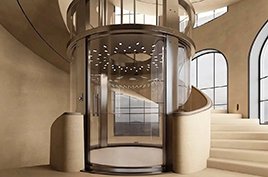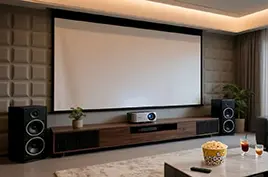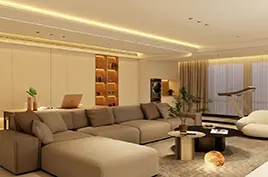Central air conditioning first gained popularity in industrial installations. Over time, it entered the home decoration market and quickly became a preferred choice for modern residences. Why has central air conditioner become so popular, and what are the advantages over conventional air conditioners? This guide provides detailed insights on system types, performance, and how to choose the best central air conditioner for your home.
Types of Air Conditioning Systems
Split Units – Wall-Mounted & Floor-Standing
Split units are the most common type of air conditioners, available in wall-mounted and floor-standing styles. Each indoor unit connects to a corresponding outdoor unit.
Key Points:
- Pros: Affordable, simple installation, easy maintenance
- Cons: Each room requires its own outdoor unit, takes up exterior wall space, can be noisy
Best for: Single rooms, bedrooms, or small apartments with limited budget.
Multi-Split Units – True Central Air Conditioning
Multi-split units connect multiple indoor units to a single outdoor unit. It is often referred to as “one-to-many” systems.
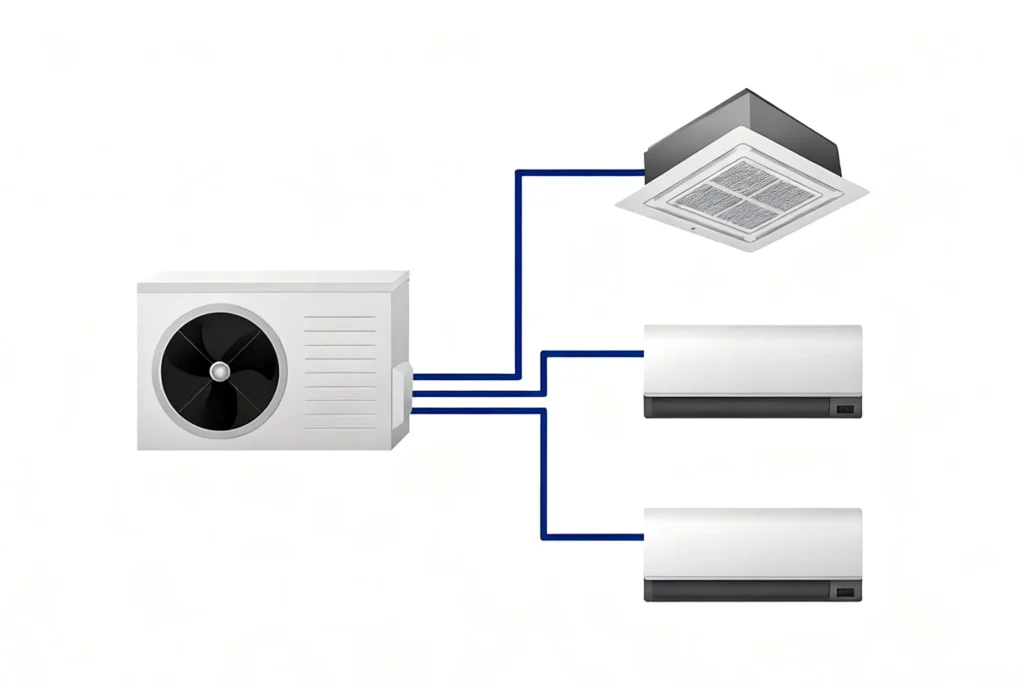
Advantages:
- Reduces exterior wall clutter
- Quieter than multiple split units
- Ideal for multi-room setups and whole-house cooling
Disadvantages:
- Higher initial cost than single split units
Best for: Living rooms, open spaces, or entire home installations.
Ducted Units – Hidden & Quiet
Ducted air conditioners are installed within the ceiling and include supply and return air vents. They provide gentle airflow and a quiet environment.
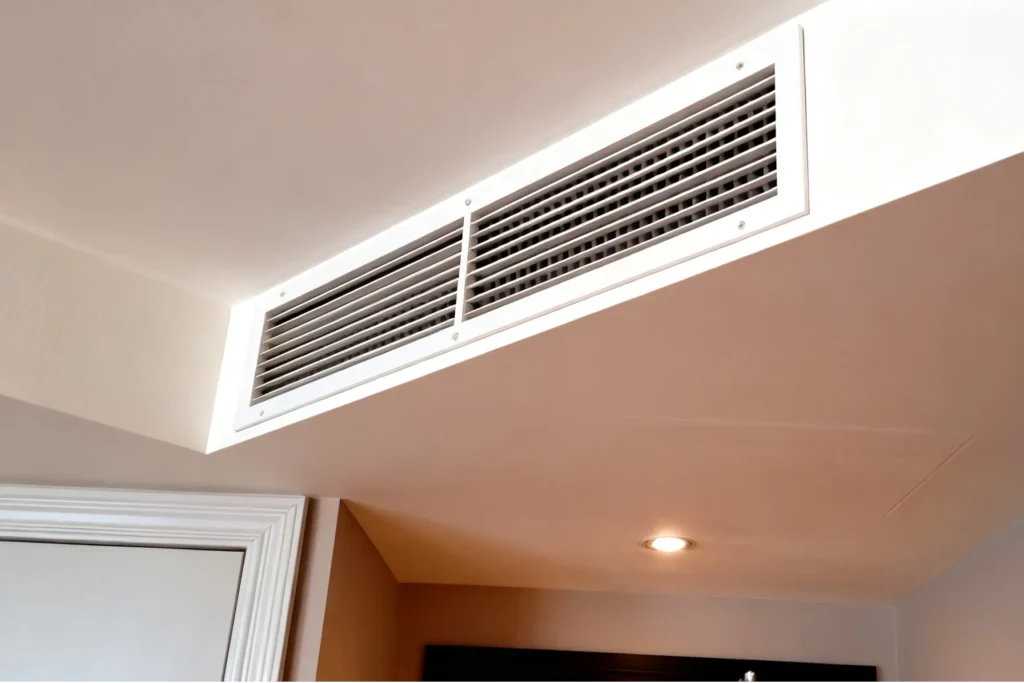
Advantages:
- Saves space and maintains interior aesthetics
- Even airflow and quiet operation
- Flexible design integration
Best for: Large spaces like living rooms or master bedrooms, where aesthetics and low noise are priorities.
Fixed-Frequency vs Inverter Air Conditioners
Understanding the Compressor
The compressor is the core of any air conditioner, usually located in the outdoor unit. It circulates refrigerant to key components, enabling cooling and heating.
Types of Compressors:
- Piston
- Rotary
- Turbine
- Screw
- Centrifugal
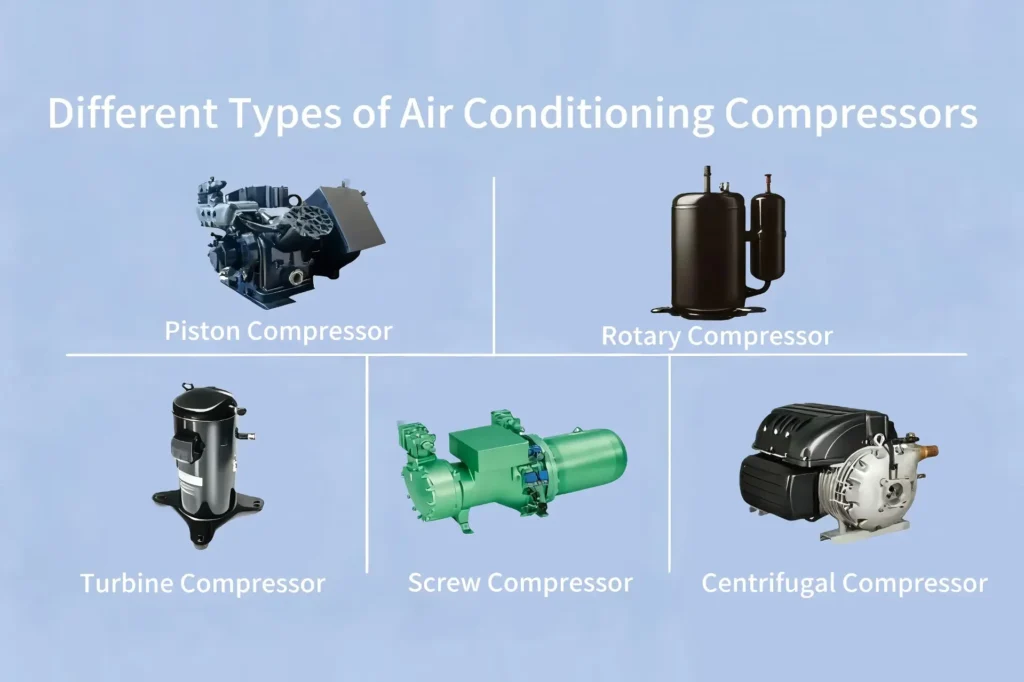
Market Note: The most common home AC compressors are piston, rotary, and turbine types. For the same brand and capacity:
Turbine > Rotary > Piston (in price)
Lifespan: Typically 10 years; beyond this, issues like noise, higher power consumption, and slower performance may appear.
Fixed-Frequency vs Inverter Technology
| Feature | Fixed-Frequency AC | Inverter AC |
|---|---|---|
| Compressor Speed | Constant, turns on/off | Variable, adjusts to temperature |
| Energy Consumption | Higher if frequently switched | Lower for long-term, continuous use |
| Noise | Noisier, abrupt | Smooth, quiet operation |
| Comfort | Temperature fluctuates | Maintains stable temperature |
| Cost | Lower upfront | Higher upfront, better long-term efficiency |
Energy Insights:
- Fixed-frequency ACs generate a transient current 3–7× higher than normal at startup.
- Inverter ACs start gradually (1.2× rated current), reducing energy spikes.
Motor Types:
- DC motors: Better speed control, common in inverter ACs
- AC motors: High efficiency, mainly in fixed-frequency ACs
Choosing the Right Central Air Conditioner
1. Select System Type
- Split Units: Budget-friendly, suitable for bedrooms or small spaces.
- Multi-Split Units: Whole-house, multiple indoor units from a single outdoor unit.
- Ducted Units: Hidden installation, ideal for large rooms, quiet and aesthetic.
2. Determine Cooling & Heating Capacity
| AC Unit Size | Cooling Capacity (W) | Cooling Area (㎡) | Heating Capacity Fixed (W) | Heating Capacity Inverter (W) | Heating Area (㎡) |
|---|---|---|---|---|---|
| 1 HP | 2,500 | 10–15 | 2,800 | 2,500–3,200 | 10–15 |
| 1.25 HP | 3,200 | 15–20 | 3,500 | 3,200–4,000 | 15–20 |
| 1.5 HP | 3,500 | 16–23 | 3,800 | 3,500–4,500 | 16–23 |
| 2 HP | 5,000 | 23–34 | 5,400 | 5,000–6,000 | 23–34 |
| 3 HP | 7,200 | 34–50 | 7,800 | 7,200–8,500 | 34–50 |
Tip: Choose capacity based on room size, occupancy, and usage patterns.
3. Energy Efficiency
| Class | APF | Features & Use |
|---|---|---|
| 1 | ≥4.5 | Advanced components, high efficiency, recommended for all households and businesses |
| 2 | 3.5–4.49 | Moderate efficiency, acceptable if budget is limited |
| 3 | <3.5 | Lower efficiency, omits key parts, higher operating costs, not recommended |
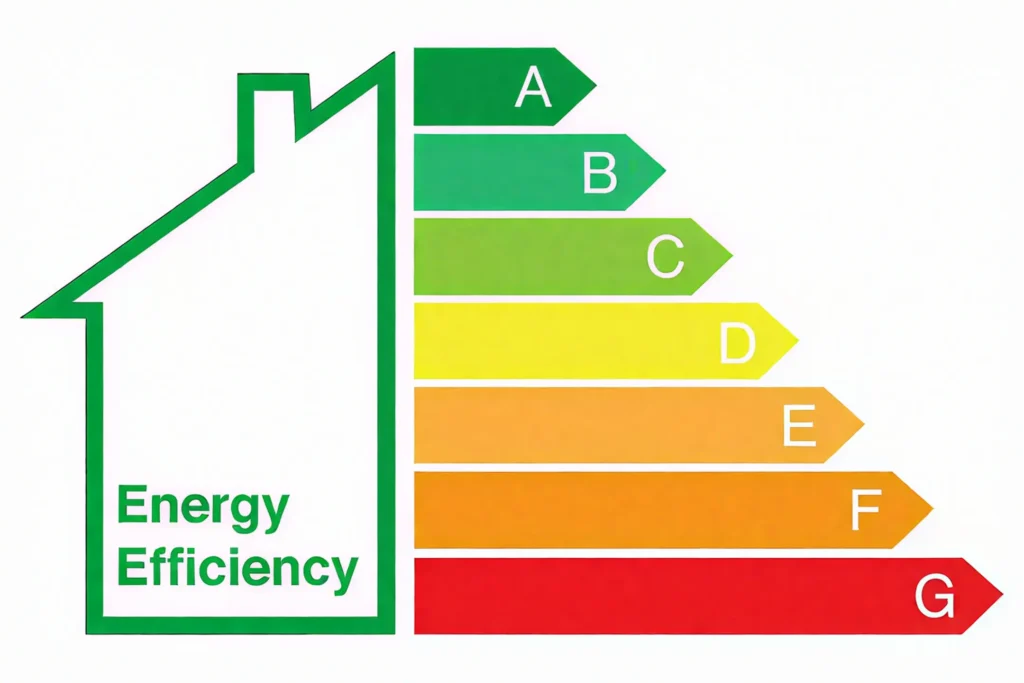
4. Compressors & Motors
- Popular Brands: CMCC, Gree Landa, Highly, Sanyo, TCL Ruizhi, Mitsubishi Electric, Panasonic, Daikin, Hitachi, Samsung, LG.
- Compressor Types: Piston, rotary, turbine, screw, centrifugal
- Motor Recommendation: DC motors for inverter ACs, AC motors for fixed-frequency; DC saves 10–30% energy and reduces noise.
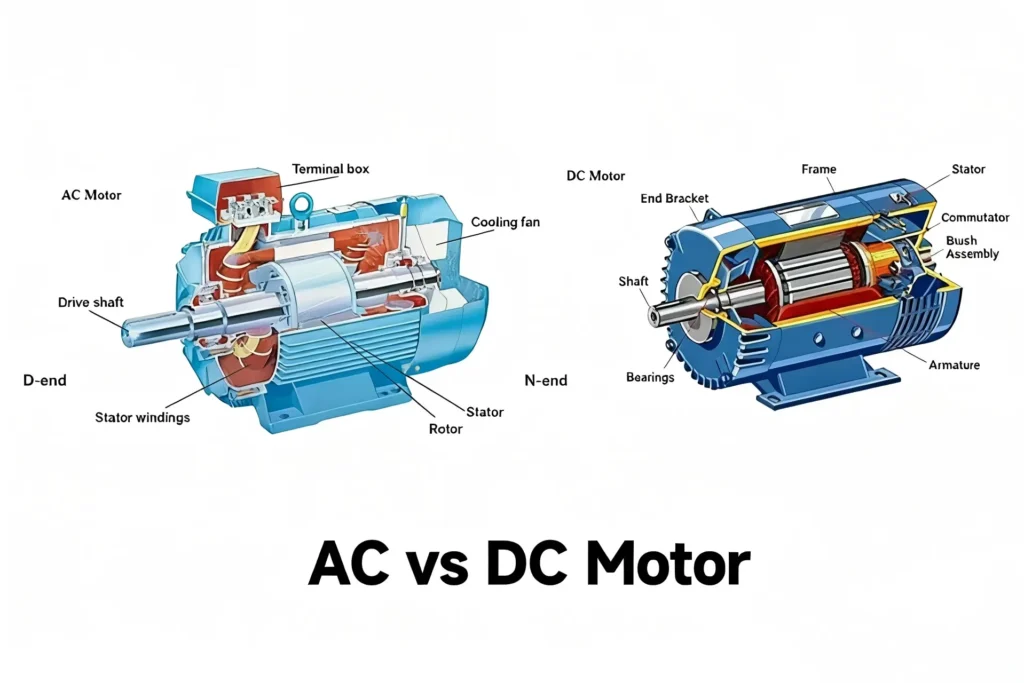
FAQ – Common Questions About Central Air Conditioner
Q1: Which AC type is quieter?
A: Ducted and inverter ACs are the quietest.
Q2: Are inverter ACs always more energy-efficient?
A: Yes for long-term or frequent-use scenarios, but for short-term usage, the difference is minimal.
Q3: How do I select the right capacity?
A: Match cooling and heating capacity to room area; combine units for larger spaces.
Q4: Can I install a multi-split system for a small apartment?
A: Technically yes, but it may be more expensive than a single split unit and unnecessary for limited spaces.
Conclusion
Choosing the right central air conditioning system requires balancing comfort, cost, and efficiency. Consider system type, capacity, energy efficiency, compressors, and motor types when making your selection. Always consult a professional supplier to ensure proper installation.
Next Steps:
- Explore major AC compressor brands
- Contact George Appliance for one-stop home appliance solutions
With the right system, you can enjoy consistent cooling, lower energy bills, and long-lasting comfort for years to come.

